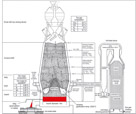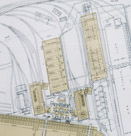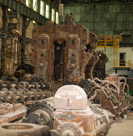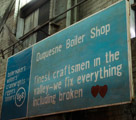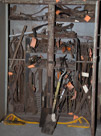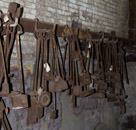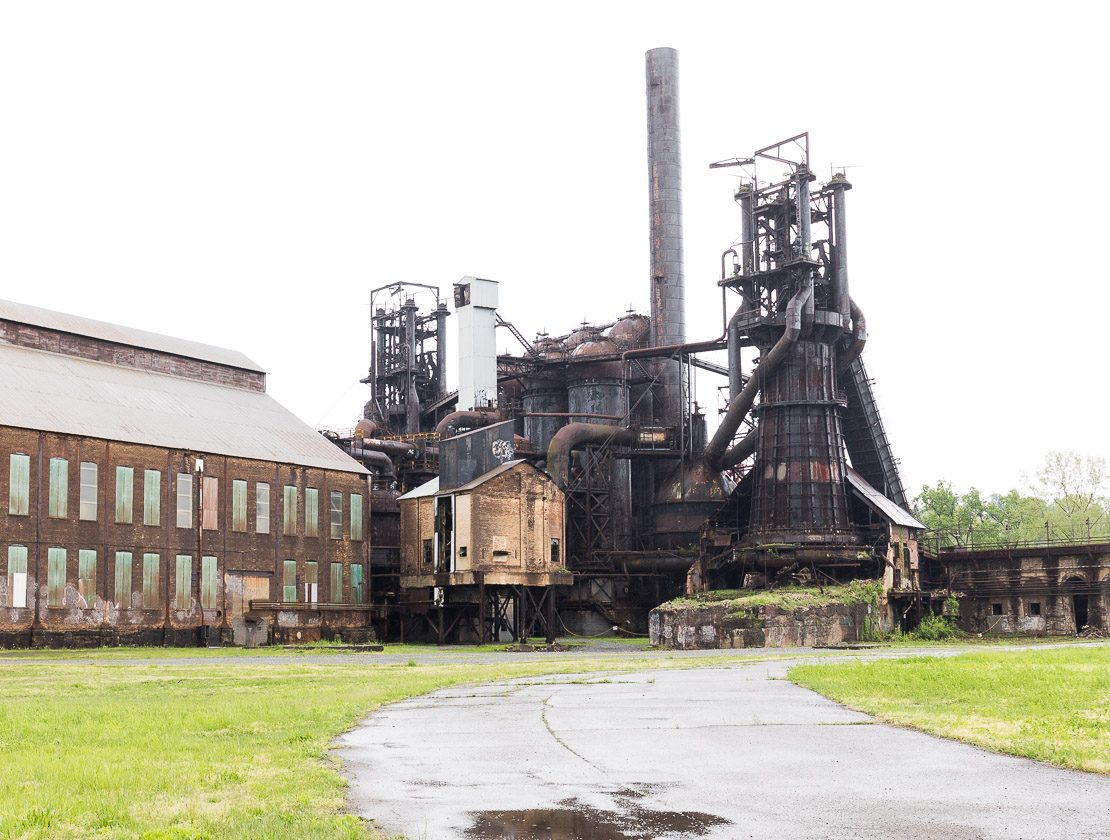
Carrie Furnaces
Towering 92 feet over the Monongahela River, constructed of 2.5" thick steel plate and lined with refractory brick, Carrie Furnaces 6 and 7 are extremely rare examples of pre World War II iron-making technology. Since the collapse of the region's steel industry in the 1970s and 1980s, these are the only non-operative blast furnaces in the Pittsburgh District to remain standing.
Built in 1907, the furnaces produced iron for the Homestead Works from 1907 to 1978. During the 1920s, 1930s,and 1940s, Carrie 6 and 7 consumed approximately four tons of raw materials comprised of iron ore, coke, and limestone for every ton of iron produced. The cooling system for the blast furnace required over five million gallons of water a day. These furnaces reached their peak production in the 1950s and 1960s when they were producing 1000 -1250 tons of iron a day.
Carrie FurnaceAs one of the focal points for the proposed Homestead Works National Park, Carrie Furnaces 6 and 7 will undergo a stabilization and renovation that would allow visitors to climb a series of walkways around these industrial giants and see close hand the furnaces that set world records in the production of iron.
Carrie Furnaces 6 and 7 were designated as National Historic Landmarks in 2006.(Rivers of Steel Heritage web page)


